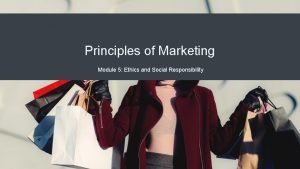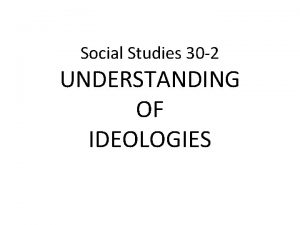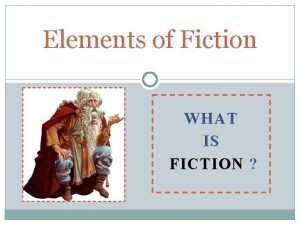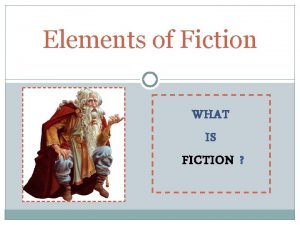Module 6 Social Smoking Social Smoking Fiction Smoking








- Slides: 8


Module 6 Social Smoking

Social Smoking Fiction: Smoking with my friends won’t hurt me. Fact: Social smoking is smoking. Social (intermittent) smokers light up regularly but not daily. They think, "I will smoke a little in social situations and quit later. “ Tobacco 101: Module 6 3

Social Smoking Fiction: Real smokers are people who can’t make it through a day without their cigarettes. Fact: Social smoking can lead to regular smoking. • Social smoking is smoking. • Social smoking can lead to regular smoking. You can have fun without smoking. Tobacco 101: Module 6 4

Social Smoking Fiction: There’s no risk of getting cancer if someone only smokes for a few years. Fact: If you smoke at all, you are at an increased risk for cancer and heart disease. • If you smoke or are around tobacco smoke, you are at an increased risk for cancer and heart disease. • There is hardly a part of the human body that's not affected by the chemicals in tobacco. Tobacco 101: Module 6 5

Social Smoking References Slide 3: Ackerson, L. K. , and K. Viswanath. 2009. “Communication Inequalities, Social Determinants, and Intermittent Smoking in the 2003 Health Information National Trends Survey. ” Preventing Chronic Disease 6(2). http: //www. cdc. gov/pcd/issues/2009/apr/08_0076. htm Slide 4: North Carolina Health and Wellness Trust Fund. “Tobacco Free Colleges: Social Smoking, ” accessed January 10, 2012, http: //www. tobaccofreecollegesnc. com/elements/files/Social_fact_sheets_college. pdf Slide 5: – Centers for Disease Control and Prevention. “Highlights: Overview of Findings Regarding Cancer, ” accessed January 10, 2012, http: //www. cdc. gov/tobacco/data_statistics/sgr/2010/highlight_sheets/pdfs/overview_cancer. pdf – Partnership for a Tobacco-Free Maine. 2008. “Why Quit? ” http: //www. tobaccofreemaine. org/quit_tobacco/index. php – Weitzman, M. , S. Cook, P. Auinger, T. A. Florin, S. Daniels, M. Nguyen, and J. P. Winickoff. 2005. “Pediatric Cardiology: Tobacco Smoke Exposure Is Associated With the Metabolic Syndrome in Adolescents. ” Circulation 112: 862– 869. http: //circ. ahajournals. org/content/112/6/862. long Tobacco 101: Module 6 6

Social Smoking Photograph Credits Slides 1 and 2: Photographs courtesy of i. Stockphoto. Slide 3: Photograph courtesy of Thinkstock/Photos. com. Slide 4: Photograph courtesy of Dragan Trifunovic/Photos. com. Slide 5: Photograph courtesy of i. Stockphoto. Photographs are used for illustrative purposes only, and any persons depicted are models. Tobacco 101: Module 6 7

Prepared by Sterling Fulton-Smith, North Carolina Department of Health and Human Services; Sandhya Joshi, RTI International; Caley Burrus, Duke University; Ronny Bell, Maya Angelou Center for Health Equity; and Barri Burrus, RTI International. March 2012














